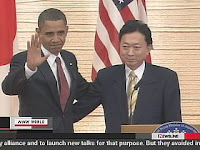Swedish Embassy Book Seminar About Food Safety & Sustainable Fisheries

On November 30, 2009 I will participate in a book seminar at the Swedish Embassy in Tokyo. The event is arranged by Lena Lindahl , Sweden Sustainable Association, a long-term resident in Tokyo with exceptional trilingual skills in the education for sustainability sector. I will talk about food safety, the precautionary principle, and compare the Swedish and Japanese legislation. Kodansha will participate to introduce my book that was published in May, 2009. 『ニッポン食の安全ランキング555』 会場: スウェーデン大使館オーディトリアム 日時:2009年11月30日(月) 18:00-20:30 (開場:17:30) 主催:持続可能なスウェーデン協会(Sustainable Sweden Association) 協力:スウェーデン大使館 参加費:無料 申込み:11月29日までに、お名前、所属、当日の連絡メールアドレスあるいは電話番号を明記の上vzq11450@nifty.ne.jp にご連絡ください。 Also, Yoshihiro Sato will talk about the book "Silent Ocean" that he has translated to Japanese, published by Shinhyo-ron . Written by Swedish journalist Isabella Lövin, we hope this book will stimulate debate about sustainable fishery policies in Japan. 『沈黙の海 — 最後の食用魚を求めて』 Ms. Lövin's book re...











